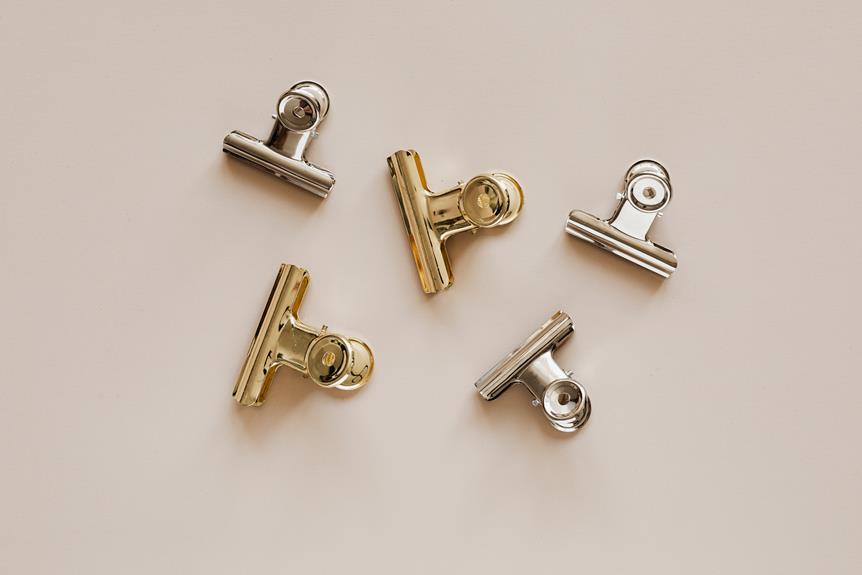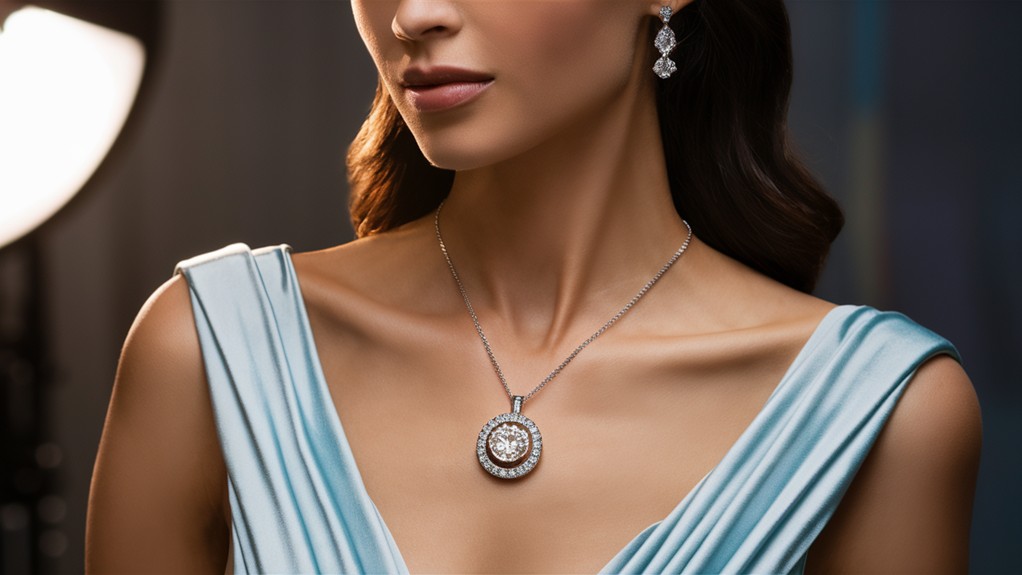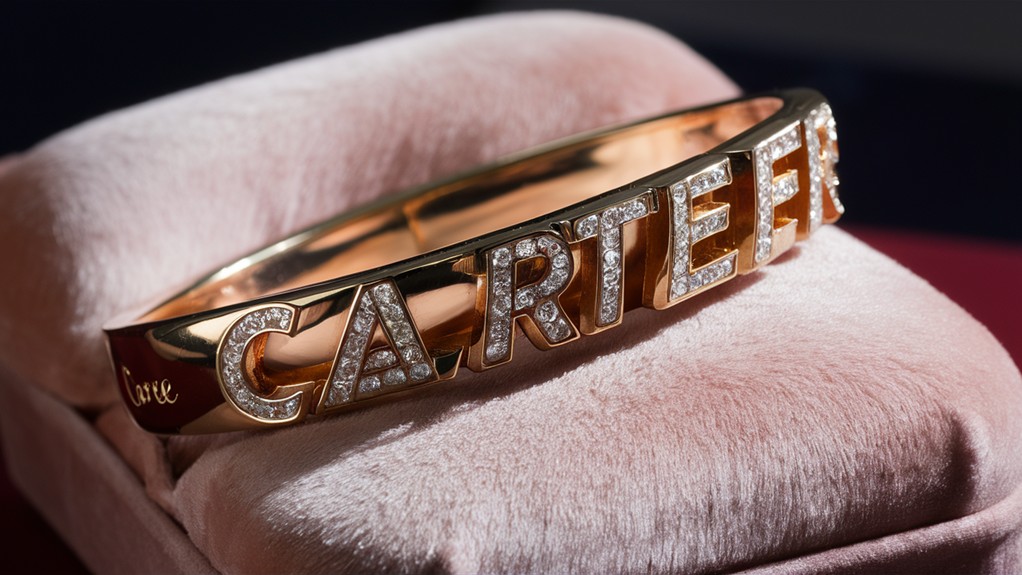Do you ever wonder what sets silver apart from stainless steel? Well, let us shed some light on the matter. Silver is a precious metal known for its luster and malleability, making it a popular choice for jewelry and decorative items. On the other hand, stainless steel is a durable and resistant alloy, often used in kitchenware and appliances. However, one of the unexpected uses of silver is its antibacterial properties, which have led to its inclusion in medical equipment and even clothing. Additionally, silver is widely used in electronic components due to its high conductivity and stability.
The difference between silver and stainless steel lies in their composition and properties. Silver, a precious metal, has a softer and more malleable nature, making it prone to tarnishing. It is commonly used in jewelry and decorative items.
On the other hand, stainless steel is a durable and corrosion-resistant metal alloy, widely utilized in various industries, including jewelry and construction. It is hypoallergenic, low maintenance, and more budget-friendly compared to silver.
So, whether you prefer the elegance of silver or the durability of stainless steel, it ultimately boils down to personal preference and the intended use of the metal.
Our Highlighted Points
- Silver is a precious metal that is softer and more malleable, while stainless steel is a durable metal alloy that is corrosion-resistant.
- Silver is commonly used in jewelry and decorative items, while stainless steel is widely utilized in various industries and also commonly used in jewelry and construction.
- Silver is not hypoallergenic, while stainless steel is hypoallergenic.
- Sterling silver has an elegant appearance and soft luster, requires little maintenance, can be easily resized or repaired if damaged, and is appreciated in value over time. On the other hand, stainless steel is highly resistant to corrosion, durable, affordable, suitable for wet or humid environments, and low maintenance.
Sterling Silver Vs. Stainless Steel
When comparing sterling silver and stainless steel, you'll find that each metal has distinct characteristics and advantages.
Sterling silver is a popular choice for jewelry due to its elegant appearance. However, it has a few drawbacks. Firstly, sterling silver is prone to tarnishing, requiring regular cleaning and maintenance. Additionally, it's a relatively soft metal, making it susceptible to scratches and dents.
On the other hand, stainless steel is known for its durability and resistance to corrosion. It's a low-maintenance option that retains its appearance over time. Stainless steel jewelry is also hypoallergenic, making it suitable for those with sensitive skin.
While sterling silver may appreciate in value over time, stainless steel is more affordable and doesn't appreciate in the same way.
Pros and Cons of Sterling Silver
To understand the advantages and disadvantages of sterling silver, let's delve into its pros and cons.
Pros:
- Sterling silver is a popular choice for jewelry due to its elegant appearance and soft luster.
- Sterling silver requires little maintenance and can be easily resized or repaired if damaged.
Cons:
- One of the downsides is that silver tarnishes over time and requires regular cleaning to maintain its shine.
- Sterling silver is more expensive than stainless steel, which can make it less affordable for some people.
- Silver is prone to rust and corrosion if not properly cared for.
- Sterling silver isn't hypoallergenic and may cause skin irritations in individuals with allergies.
Summary:
Pros and Cons of Stainless Steel
Now let's explore the advantages and disadvantages of stainless steel, continuing from the previous discussion on sterling silver.
- Corrosion Resistance: Stainless steel is highly resistant to corrosion, making it ideal for jewelry and other products that may come into contact with moisture or humidity. Unlike silver, stainless steel doesn't tarnish or require frequent polishing.
- Durability: Stainless steel is known for its durability and ability to withstand dents, scratches, and everyday wear and tear. This makes it a practical choice for those looking for jewelry or accessories that can withstand daily use.
- *Cheaper*: Stainless steel jewelry is generally more affordable compared to sterling silver, providing cost-effective options for those on a budget.
- *Rustless Steel*: Unlike silver, stainless steel is rust-resistant, making it suitable for use in wet or humid environments without the worry of rusting.
Comparing Sterling Silver and Stainless Steel
Let's compare sterling silver and stainless steel to understand the differences between these two metals. When it comes to choosing between the two for jewelry, there are some key differences to consider.
| Stainless Steel | Sterling Silver |
|---|---|
| Resistance to Corrosion | Tarnishes Easily |
| Affordable | More Expensive |
| Low Maintenance | Requires Care |
| Durable | Soft and Malleable |
| Ideal for Everyday Use | Suitable for Special Occasions |
Stainless steel is known for its resistance to corrosion, making it a popular choice for jewelry that will withstand daily wear and tear. It is affordable, low maintenance, and highly durable, making it an excellent option for everyday use. On the other hand, sterling silver is a genuine silver alloy that can tarnish easily if not properly cared for. While it may be more expensive than stainless steel, it is soft and malleable, making it suitable for intricate jewelry pieces and easy to resize or repair. Sterling silver is also considered a better option for special occasions due to its investment value and timeless elegance.
How to Differentiate Silver and Stainless Steel
Differentiating between silver and stainless steel can be done by examining their distinct properties and characteristics.
Here are some key factors to consider when determining whether an item is made from silver or stainless steel:
- Composition: Sterling silver is an alloy made from 92.5% pure silver, while stainless steel is a metal alloy composed of chromium, aluminum, carbon, and other elements.
- Tarnish and corrosion: Silver can easily tarnish if not properly cared for, while stainless steel is naturally resistant to rust and corrosion.
- Testing methods: Authenticating silver can be done by looking for specific stamps like S925 or 925, while stainless steel is non-magnetic due to the addition of nickel.
- Color: Sterling silver has a yellowish-white undertone, while stainless steel displays a grayish-blue tone, providing a visual clue to identify the metals.
- Price: Sterling silver is generally more expensive than stainless steel, so if the item is cheaper than expected, it's likely made from stainless steel.
Conclusion
In the end, it's clear that choosing between silver and stainless steel is a decision that goes beyond mere aesthetics.
While silver may be seen as the more luxurious option, its susceptibility to tarnishing and higher cost can be a drawback.
On the other hand, stainless steel offers durability, affordability, and low maintenance.
So, if you're looking for a metal that combines style and practicality, stainless steel might just be the ironic twist you need.


